
Can dogs eat leeks? No. Leeks belong to the allium family and are known to be toxic to dogs. If a considerable amount (depending on the dogs’ size, breed, weight, etc.) of any vegetable in the allium group (leek, garlic, onion, shallot, chives) are consumed, or little, and often, they can cause anemia.
What Are Leeks? Quick Facts
- A leek is a vegetable, and it is related to the garlic, onion, shallots, and chives.
- It tastes similar to onion but has a less potent flavor.
- It is green in color at the top, fading to white at the root.
- They are commonly added to many human recipes, such as pies, soups, bakes, stews, and pasta dishes, among others.
- For humans, leeks are a good source of vitamins and fiber.
Busy? Get Your Hands Paws On The Answers Quickly…
- Why Are Leeks Toxic To Dogs?
- What Do I Do If My Dog Ate A Leek?
- What Kind Of Treatment Is Available?
- How Do I Stop My Dog Eating Leeks?
- Other Food Which Is Safe For Humans But Fatal To Dogs
- FAQs
WHY ARE LEEKS TOXIC TO DOGS?
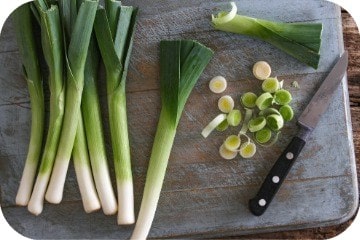
Vegetables in the allium family (leeks, onions, garlic, shallots, and chives) contain n-propyl disulfide. This is the principal toxin that can cause anemia in dogs (link).
N-propyl disulfide damages the red blood cell, reducing the amount of oxygen they can carry. It can also cause the red blood cells in your dogs’ body to rupture. The compound tricks the cells into thinking they are invaders, therefore, destroying them, which results in anemia.
It is thought that all parts of the vegetable are dangerous to dogs.
It is not known with leeks how much cause anemia, but with onions (also allium), it has been shown that around 0.5% of a dogs’ body weight would need to be consumed to show hematologic changes (link).
This can be in one large dosage, or smaller amounts consumed over several days.
Garlic is thought to be up to 5 times more potent than onion and leeks. Again, this is dependant on the breed (certain breeds, such as Japanese breeds, like Akitas, are thought to be more sensitive), as well as weight and size (link) (link).
WHAT DO I DO IF MY DOG ATE A LEEK?
1. First, determine how much was eaten and which type.
2. Contact your veterinarian; they will be able to advise if the amount that was eaten and the size of your dog warrants the need to be seen.
3. Keep an eye out for any symptoms of anemia in your dog, if your dog is behaving differently, contact the vet or poison helpline for advice.
Signs Of Anemia:
- Light or pale gums
- Weakness
- Lethargy
- No appetite
- Lack of balance or wobbly
- Fainting
- Red urine
WHAT KIND OF TREATMENT IS AVAILABLE?
Fortunately, if your dog is treated quickly, allium poisoning is rarely fatal.
Usually, your vet will examine your dog, checking their weight, eyes, gums, temperature, heart rate, blood pressure, and other vital signs on arrival.
They will usually induce vomiting in an attempt to remove the onion, garlic, leek, chive, or shallot. Usually, they will administer a charcoal paste, which should help to absorb any remaining toxin left after vomiting.
Occasionally your dog may need a blood transfusion.
Your vet may also ask you to return after treatment for a blood test to check everything is back to normal.
HOW DO I STOP MY DOG FROM EATING LEEKS?
Those puppy eyes are irresistible, and sharing your food is one of the pleasures of having a dog. Unfortunately, some food that is delicious and sometimes nutritious to us can be deadly to dogs. Make sure to check what you are feeding your dog is safe before doing so. Check out our list of Foods Suitable For Dogs here.
Keep The Leeks Away – All toxic food should be kept well out of dogs’ reach. Keep the cupboards and the pantry securely shut. This includes spices, as garlic and onion powder are also unsafe for dogs. Keep your dog out of the kitchen when left unattended.
Train Them Not To Beg For Food – Food often falls on the floor, especially if you have children. Teaching your dog not to linger underneath the table while you’re eating will help avoid any accidental ingestion of toxic food.
We recommend using a bed or mat to teach your dog that when you’re sitting around the table that they stay there. This can take time, your dog will need to learn the WAIT or STAY command. You may also need to put your dog onto the mat several times during the meal at first, stay patient, and consistent.
This can be challenging for dogs who scavenge and are rewarded for it (by receiving scraps). You can use chews or interactive toys (like a KONG or lick mat) to distract them too.
Do Not Feed Your Dog Leftovers – Many foods from our plates can contain ingredients that are not necessarily safe, beneficial, or healthy to dogs. We advise not feeding your dog leftovers as they can cause serious health issues (such as obesity, dental problems, and salt poisoning) as well as toxicity.
There are many dog safe people foods, like carrots, apples, rice, eggs, chicken, which can be given to your dog as an occasional treat, this should be specially prepared for your dog.
Treats should only make up 10% of your dogs’ diet.
Dogs do not need scraps. Their regular food should contain everything they need.
Overall, make sure you know what is dangerous for dogs and keep it out of reach.
Accidents do happen, make sure to have the poison helpline number available for emergencies and your local 24 hr veterinarian practice.
OTHER FOOD WHICH IS SAFE FOR HUMANS BUT FATAL TO DOGS
Chocolate – Dogs cannot process chocolate as it contains the chemical theobromine as well as caffeine. Dogs are far more sensitive to both compared to humans. It acts as a stimulant. Symptoms of poisoning include gastric upset, thirst, inability to settle or restlessness, and in more severe cases, tremors, seizures, and heart failure.
Grapes and Raisins – It is unknown which toxin and what quantity makes grapes so deadly to dogs. Some dogs can eat dozens and have no effects, and others can die from just one. Grapes and raisins can cause acute kidney failure. Symptoms include gastric upset, excessive drooling, lack of appetite, and abnormal drinking and urinating.
Macadamia Nuts – Why macadamia nuts affect dogs so badly is unknown. However, they can cause serious health issues. There is also no known quantity, and even a small amount has been known to cause effects. The most common symptom is a weakness in the back legs or inability to walk.
Caffeine – Dogs are far more sensitive to caffeine than humans. Symptoms can include heart palpitations, hyperactivity or restlessness, seizures, and muscle tremors. Keep your coffee and energy drinks to yourself.
Xylitol – This is an artificial sweetener that a dogs’ body confuses for real sugar. This causes the body to release a large amount of insulin when ingested by dogs. This can cause a considerable drop in sugar, leading to hypoglycemia. Even small amounts can make a dog sick.
FAQS
What will happen if a dog eats garlic?
It depends on the quantity eaten, in what time frame, and the size, weight, and breed of the dog. Garlic can cause anemia by damaging dogs red blood cells.
What vegetables can dogs eat?
Carrots, broccoli, green beans, beets, sprouts, peas, sweet potato, parsnips, and many others, Many vegetables are healthy additions to your dogs’ diet in moderation. They work great as nutritious and natural treats. Check out our post on Human Food Dogs Can and Can’t Eat for more ideas.
How much onion is toxic to a dog?
According to the American Kennel Club, it takes around 100g of onion (although onion powder is thought to be more potent) per 20kg (or 44lb) dog to cause onion toxicity. If your dog is to eat onions, contact a veterinarian.
Which nuts are toxic to dogs?
Macadamia and pecans are the most poisonous to dogs; walnuts and pistachios also pose a risk.
Is garlic powder OK for dogs?
No, all types of garlic can cause anemia.
Can dogs eat food cooked with garlic?
No, garlic is off the menu. Do not feed your dog anything with garlic or onion in any varieties (whole or powdered).
Can dogs eat pasta?
Yes, cooked, plain pasta is safe for dogs. However, it is not incredibly nutritious or beneficial for them.
Looking for more pawsome posts? Check these out…
String Vegetable Game For Dogs
How To Make A Snuffle Mat
When Do Puppies Lose Their Teeth?
Can Dogs Eat Broccoli?
Easy Homemade Dog Treats
Disclaimer: Each dog is different, and every circumstance is different. All efforts have been made to provide accurate information. However, it is not provided by a qualified Veterinarian, Veterinarian Surgeon, or Behaviorist. The information provided is purely educational. The information should not be used as an alternative or substitute for medical care. If you have any health or medical concerns, contact a qualified Veterinary Surgeon or Veterinarian immediately.
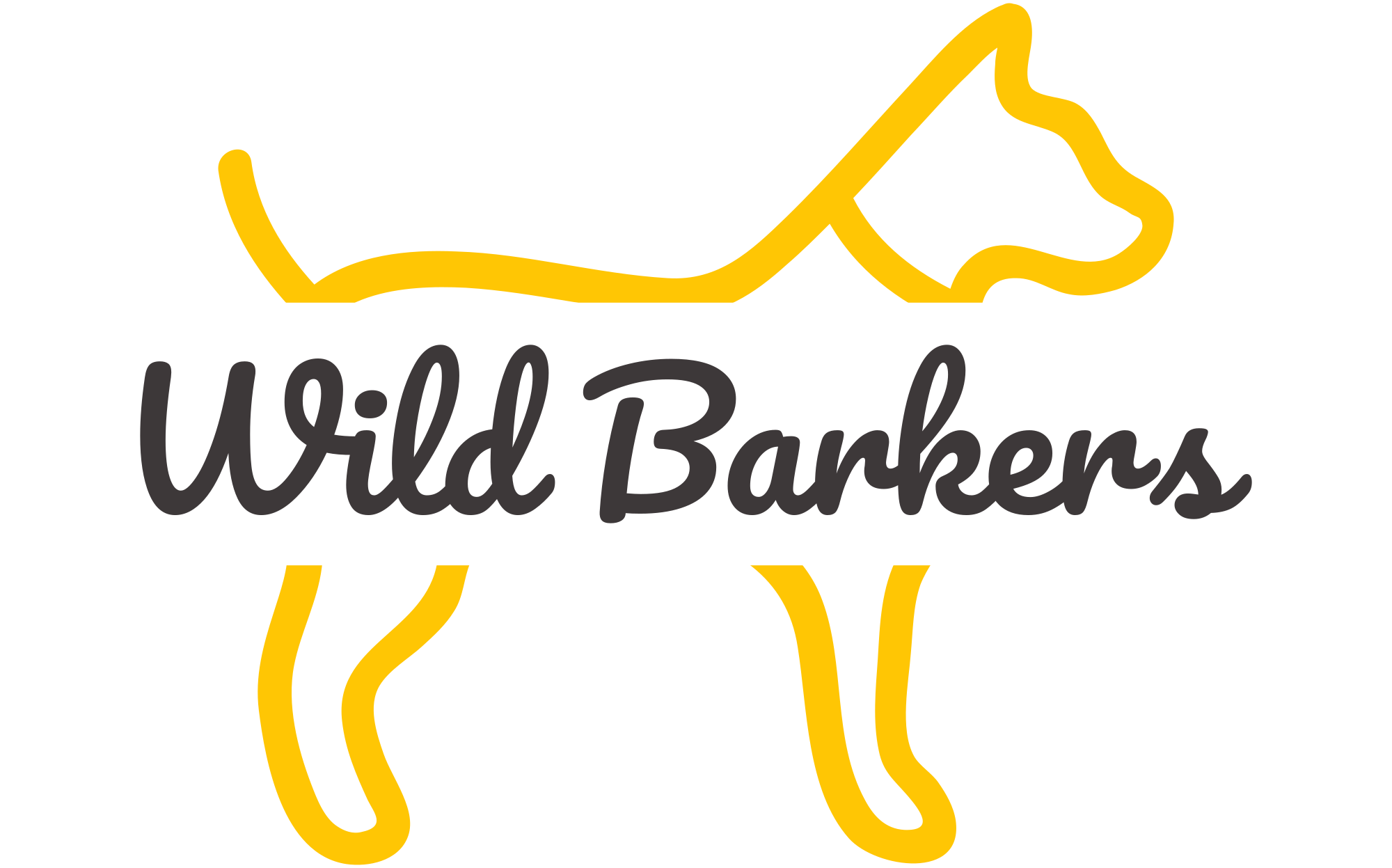




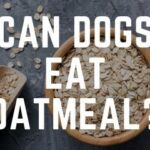

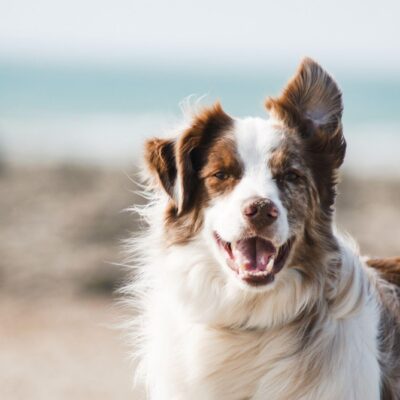
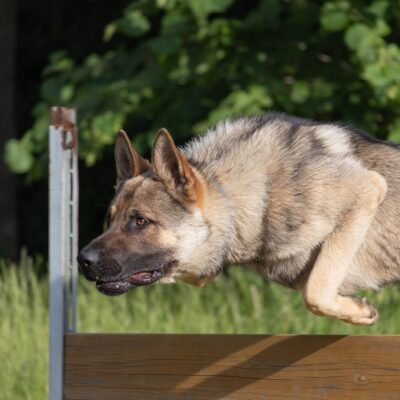
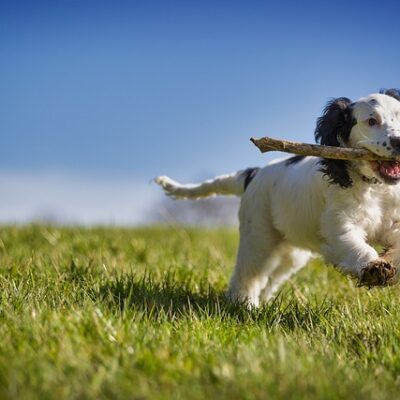
No Comment! Be the first one.